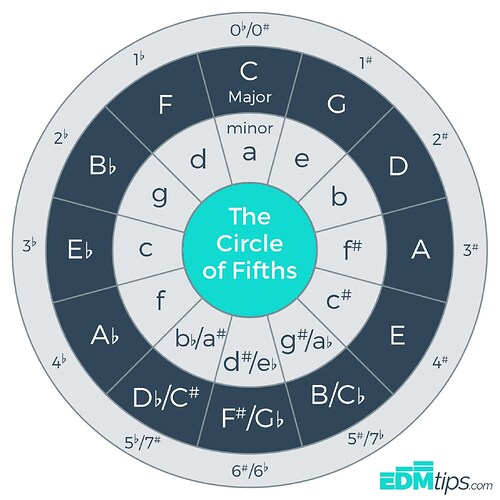Ooh, I feel like I can contribute some clarity to this conversation about music theory!
So firstly, when writing a scale, you pretty much always want to stick to only sharps or flats, here you have G# and Bb, which is what you would call a “diminished 3rd” since the letter names G and B are a “third” apart, and that third is diminished in quality (a minor third is always 3 half steps apart from the other note, diminished is one less) what you see happens is that you now have one letter name missing (actually 2, as there is one missing previously as well), and a duplicate letter name. The idea with conventional modal scales like this with 7 notes is that we want to keep all the letter names in the scale without any duplicates or omissions. If you mix sharps and flats, you’ll typically run into this issue precisely because of the thing that has happened here. It doesn’t matter so much when writing out the letter names, but on sheet music, this would look very clearly wrong. (not to imply that you need sheet music or something, just that it would make this a little more obvious)
Secondly, on the subject of E#s, B#s, Cbs, and Fbs. They are real notes in the sense that they are actually used outside of a theoretical sense. Its only that certain scales, as you “add” accidentals to the key and scale, in order to maintain the order of note names as I was mentioning earlier, they are required to remain within the key. So take for example C# major (or Ionian, if you prefer modes), the letter names would be C#, D#, E#, F#, G#, A#, B#. They could be described as “the same note”, but as @Squinky mentioned, they are typically to serve a different descriptive purpose.
As for the scale you have, I think you might have meant to write E instead of F for the third note, because this scale is major in quality. I don’t remember what this particular scale would be called off the top of my head (ionian dominant perhaps? Been a while since I’ve encountered altered modes). Anyways, the full correct scale for C# Aeolean should be C#, D#, E, F#, G#, A#, B



![[LIVE] THOMAS ANKERSMIT / SERGE MODULAR #6](https://img.youtube.com/vi/IHnd7Y4ZZQ8/maxresdefault.jpg)
